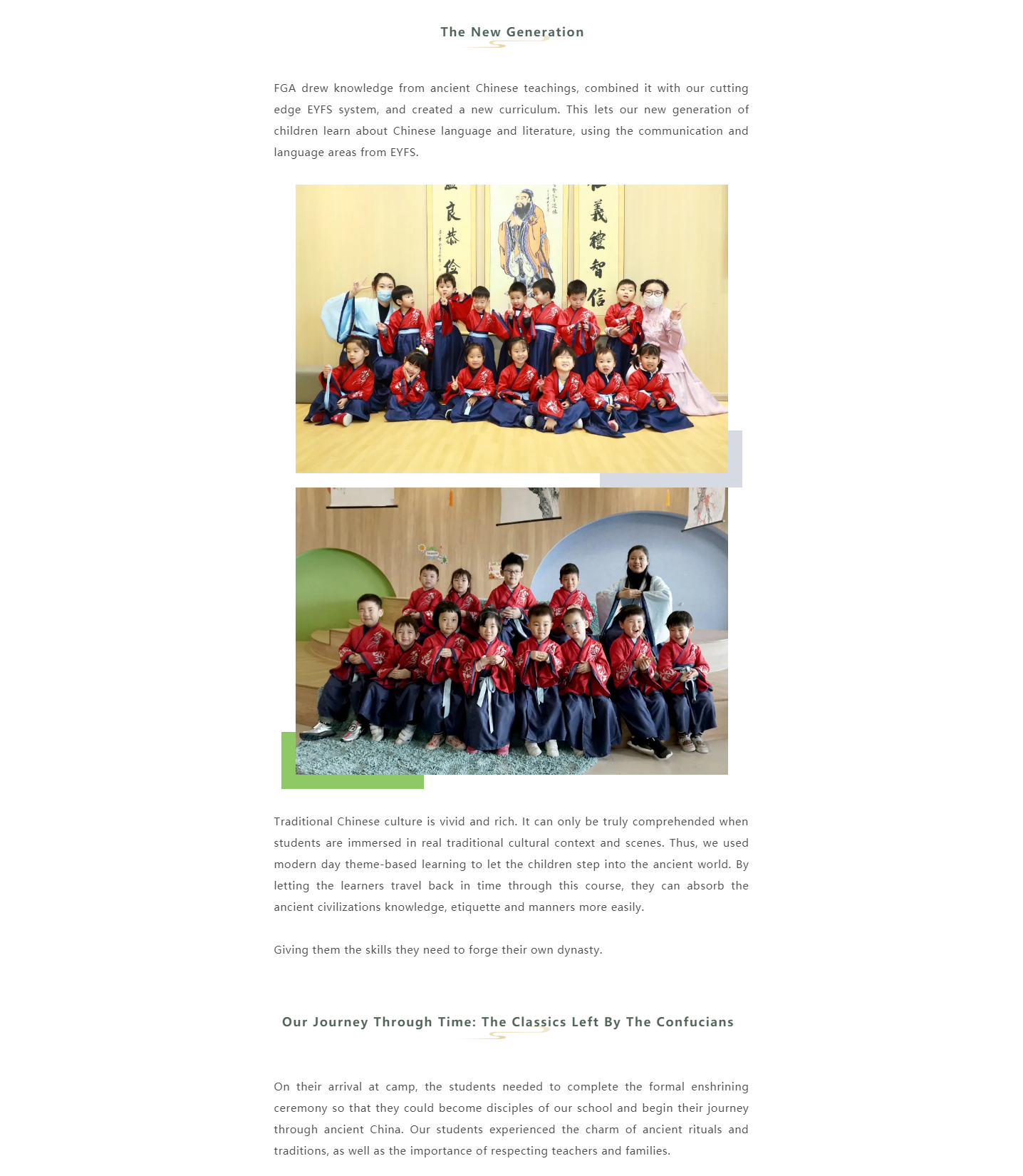
#Crazy bump crack windows 10 keygen

Several experts I spoke with described it as one of the most elusive concepts in vaccinology, an immunological white whale that researchers frequently chase but almost never catch. A vaccine’s value isn’t just in its peak performance also essential to know is when, and how quickly, protection might start to decline.īut the quest for durability has long been thorny. Or, if we can figure out a clever way to give out shots now, we may not have to administer them again. A lack of durability might mean we’ll be getting COVID shots often, maybe even annually. As the pandemic heads into its third year, durability underpins some of the biggest open questions in COVID immunology-the long-term outlook for our current shots, the number we’ll ultimately need, and the possibility of engineering an even sturdier vaccine. A durable shot is low-maintenance, requiring only rare checkups or boosters it can be delivered once or twice or thrice and, in the best-case scenario, never, ever again.


But even the potential for tenacity, in a vaccine, has real appeal. Not everyone is ready to laud J&J’s staying power we are, after all, still very early on in our relationship with these vaccines, and our understanding of their traits will keep evolving. But after they’re built, J&J’s defenses seem to stick around in a way that their mRNA-driven counterparts might not, like a low-wattage bulb that keeps burning, long after all the other lights in the room have flickered and died. In tracking the vaccine’s effectiveness, “there is no change, month over month over month.” The shot’s initial magnitude of protection against sickness might not match Moderna’s or Pfizer’s. “It’s unequivocal,” Mathai Mammen, the global head of research and development for Janssen, the vaccine-manufacturing pharmaceutical company owned by Johnson & Johnson, told me. Several researchers, including representatives of the company that designed the J&J vaccine, say they’re seeing early hints of this with the shot. It’s a trait called durability-the ability of a vaccine’s protection to persist, despite the ravages of time. “I think there is a silver lining to this vaccine that a lot of people don’t see,” David Martinez, an immunologist at the University of North Carolina at Chapel Hill who is studying immune responses to COVID-19 shots, told me. According to some experts, the haters are overlooking a trait that could rescue J&J’s reputation, and possibly even keep it in scientific contention. This incessant ragging has been all too easy-and maybe shortsighted. The underdog dose, the “ second class” shot, the nation’s vaccine-a non grata, seemed as good as dead. Then, in October, federal officials urged everyone on Team J&J to get another shot- any shot (but also, maybe try Moderna this time?)-rendering the vaccine’s one-and-done protection, its clearest advantage over its mRNA competitors, just about moot. Since the spring, the shot’s been roasted, and roasted, and roasted again-first for its late arrival and its imperfect performance in trials, then for a rare but concerning side effect that temporarily halted its distribution in April. The Johnson & Johnson vaccine, perhaps more than any other COVID shot, knows what it is to be bullied by the American public.


 0 kommentar(er)
0 kommentar(er)
